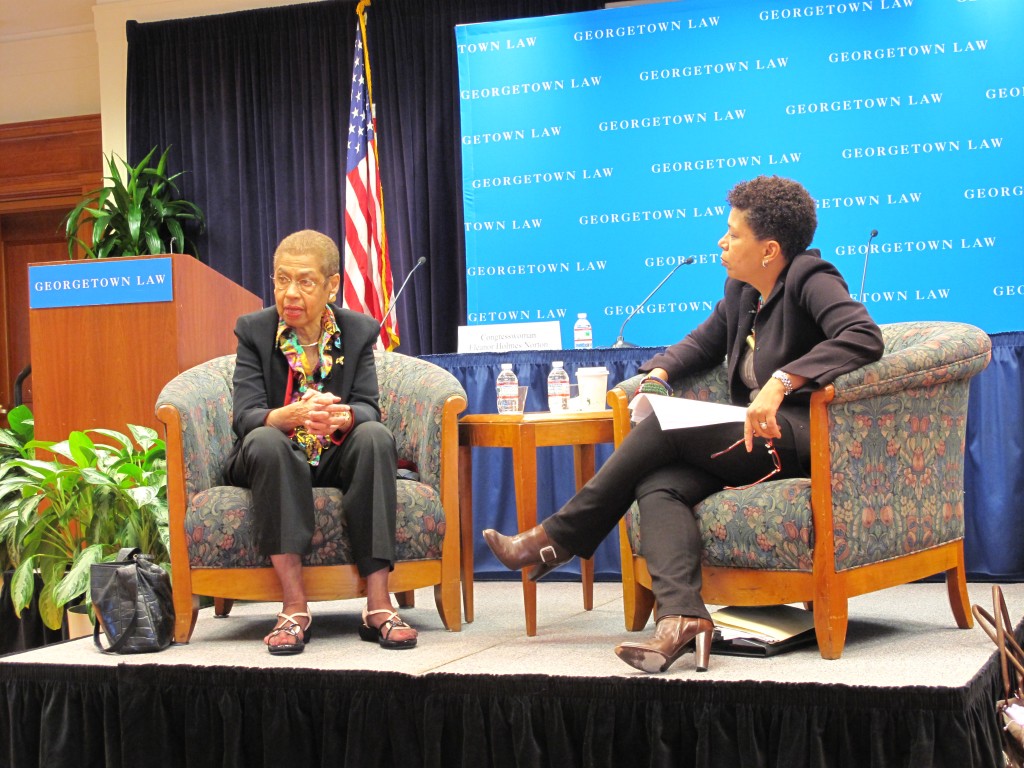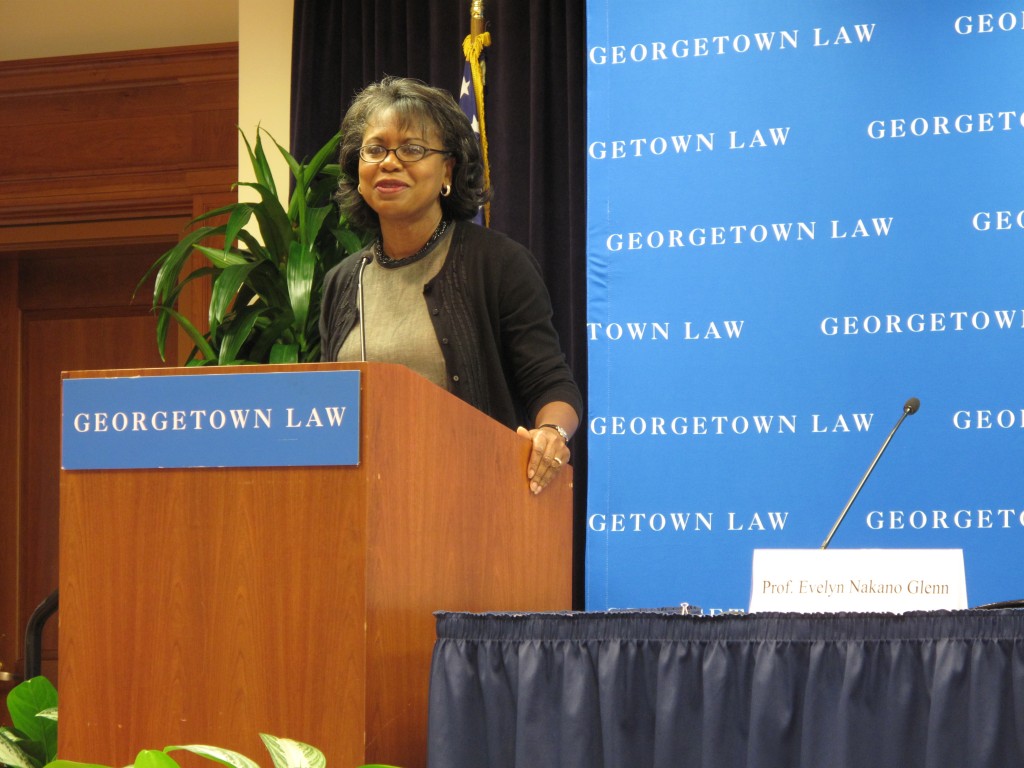![]() Help raise awareness about domestic violence by participating in The Pixel Project‘s “Paint it Purple” activism options:
Help raise awareness about domestic violence by participating in The Pixel Project‘s “Paint it Purple” activism options:
The Pixel Project, the award-nominated global volunteer-led online nonprofit working to end Violence Against Women (VAW) worldwide, is proud to launch their second annual global “Paint It Purple” campaign in support of their mission to inspire men and women to work together to prevent, stop and end VAW. The campaign begins in Domestic Violence Awareness Month on 8 October and runs until 24 November 2011 which is the eve of the International Day of Elimination of Violence Against Women and the 16 Days of Activism Against Gender-based Violence campaign.
The annual “Paint It Purple” campaign raises awareness about VAW by getting a global audience to “paint” the internet purple during the campaign using social media. The campaign also raises funds for The Pixel Project, our partners and participating VAW nonprofits worldwide through cupcake bake sales and “Paint It Purple” parties. Download instructions for each type of action.
“Paint It Purple” is open to all VAW nonprofits, grassroots groups, bakeries and individuals supporting the cause to end violence against women.
Interested? Learn more and/or get involved.
Stop Street Harassment is proud to be a sponsor of The Pixel Project and hopes you will check out their campaign and get to painting 🙂



